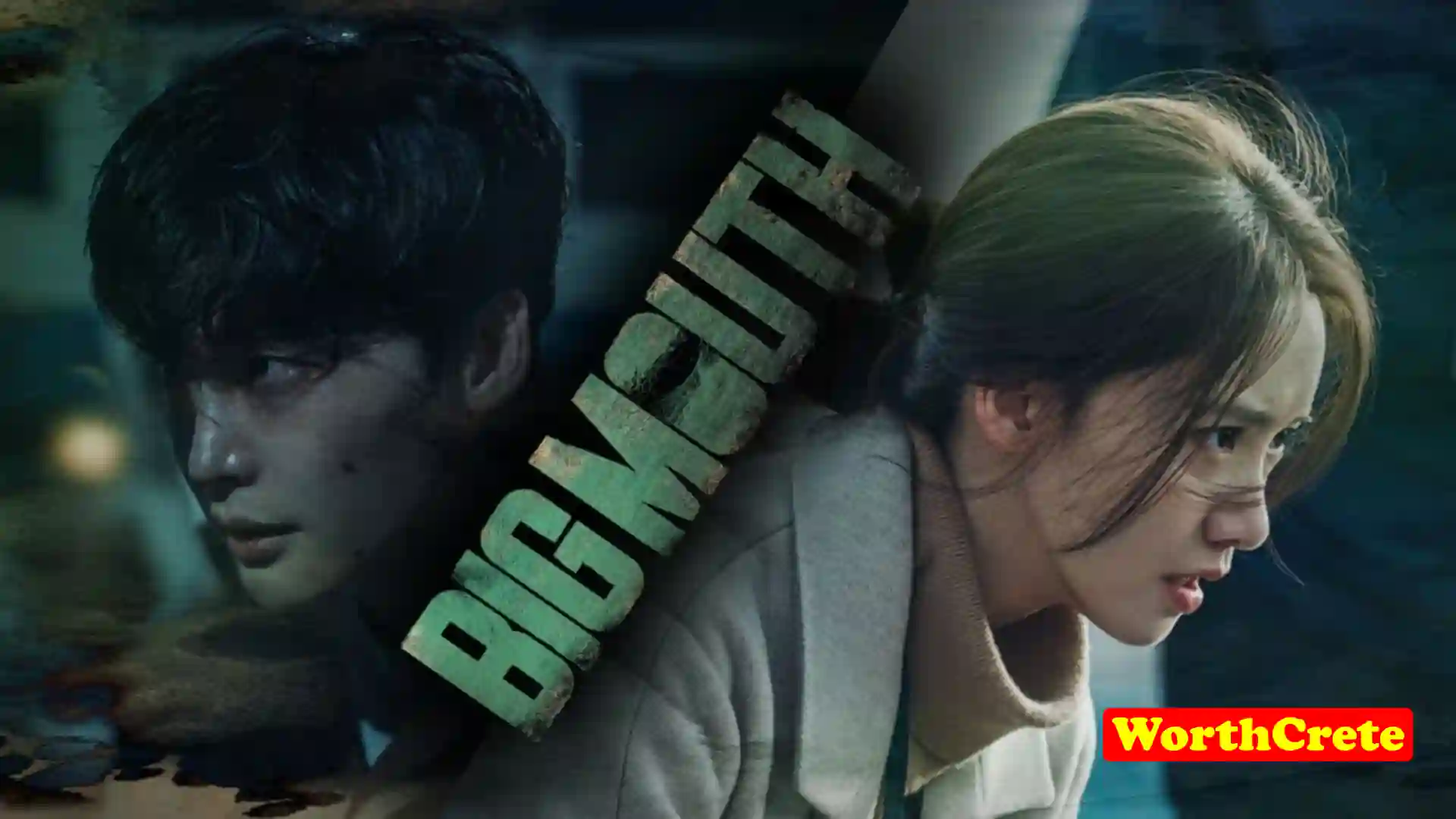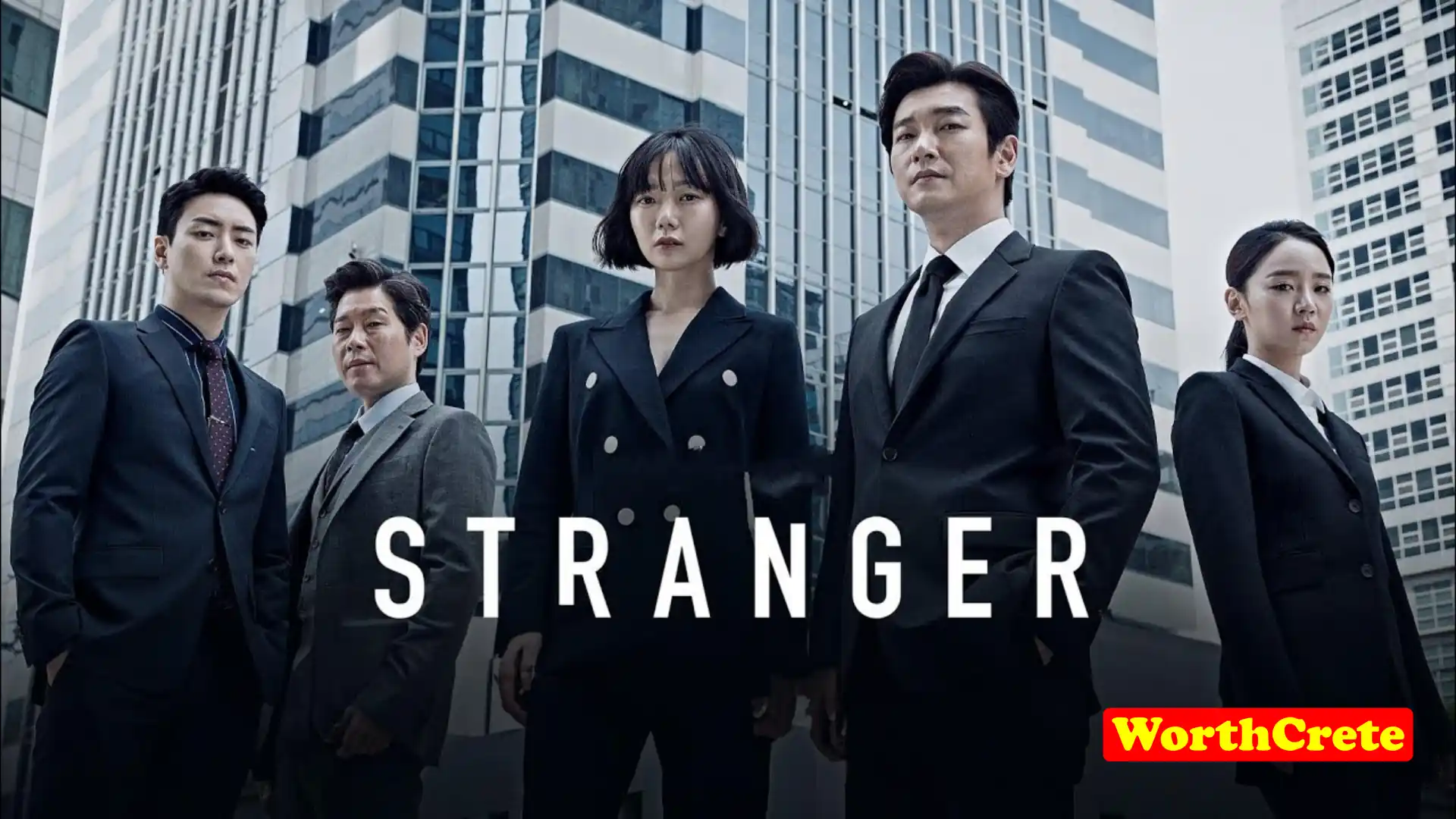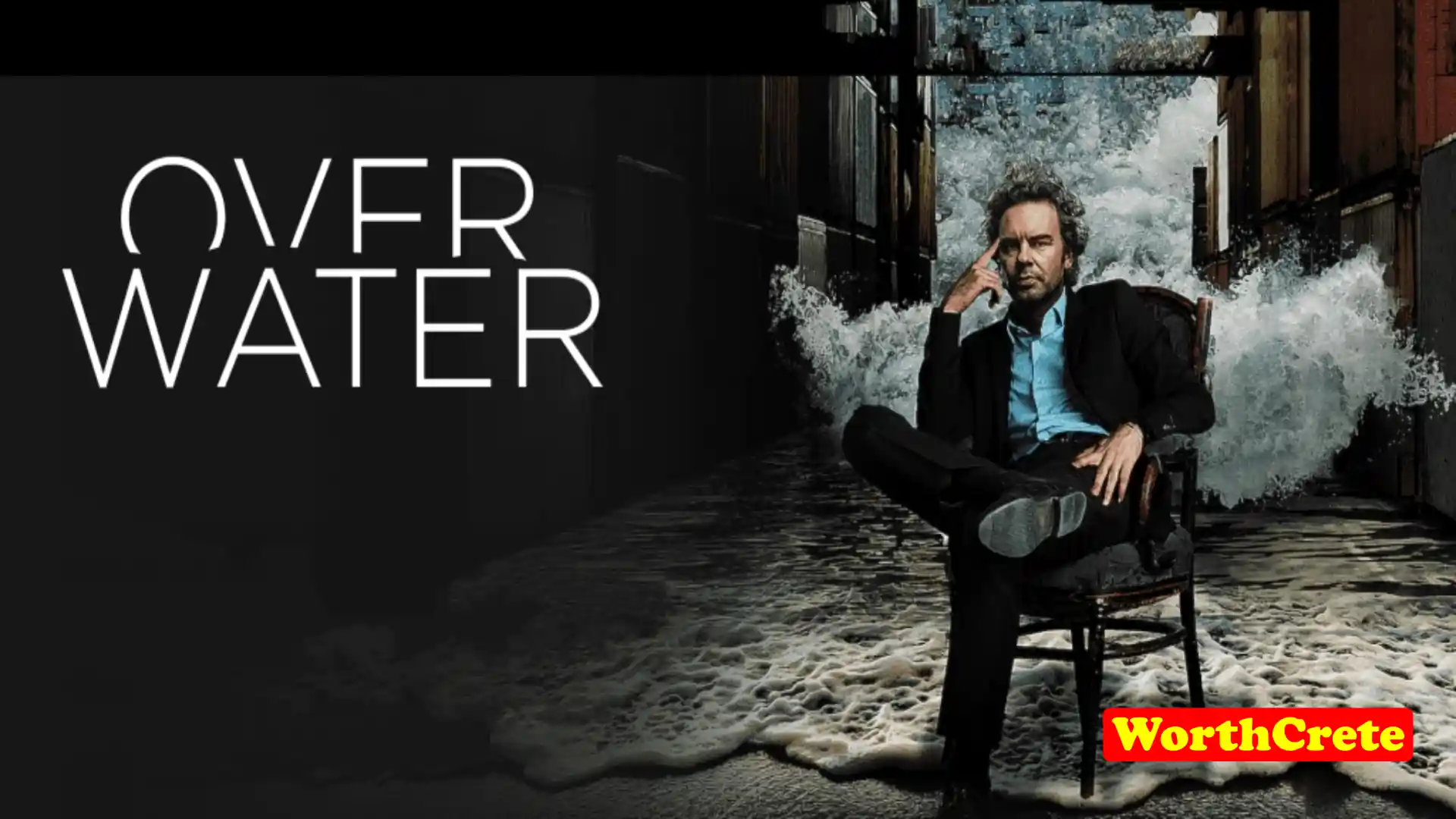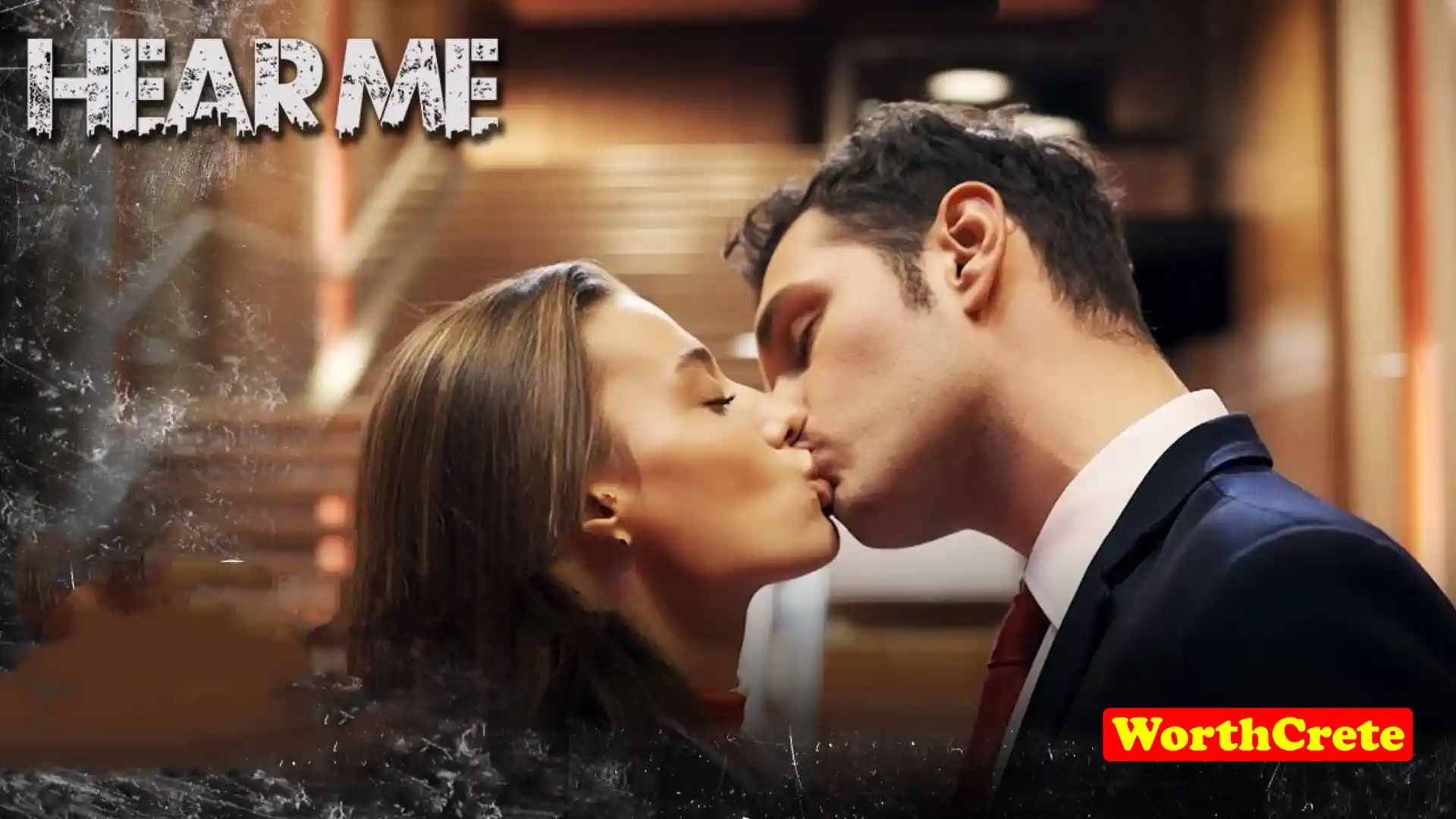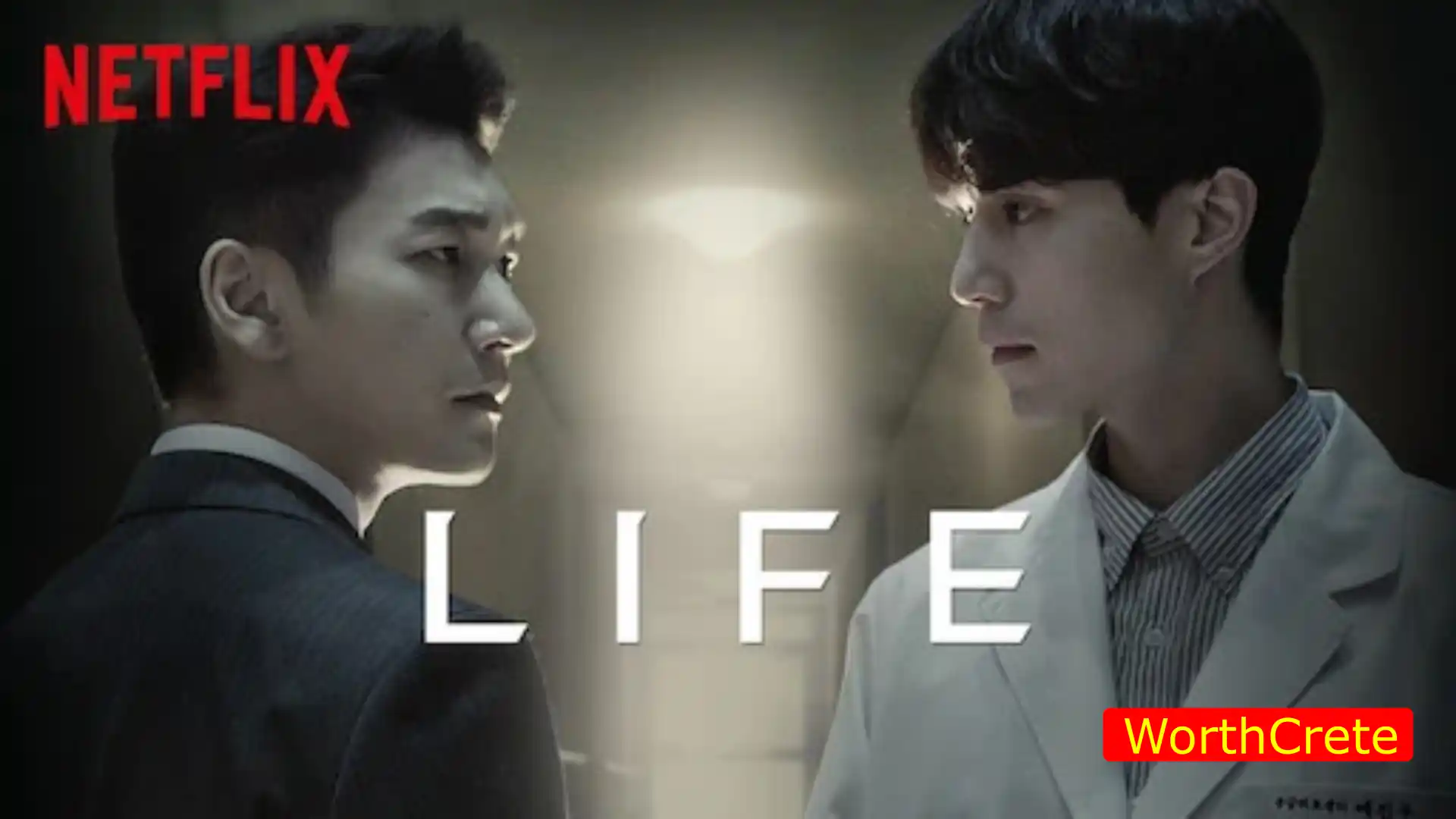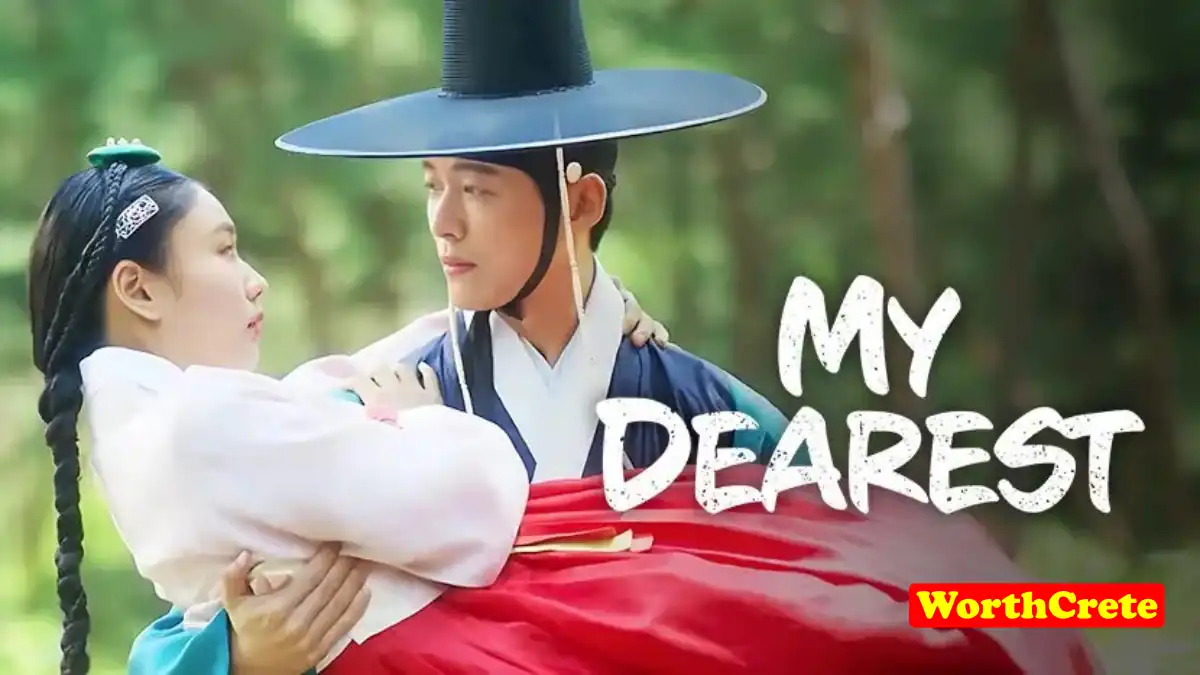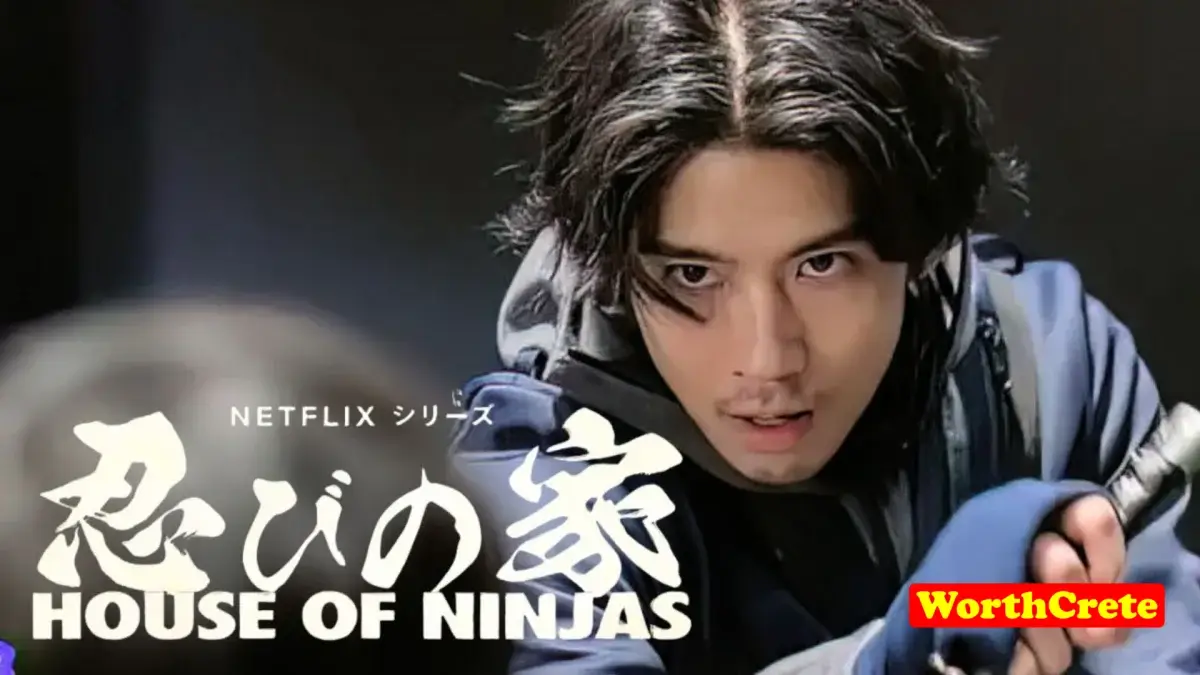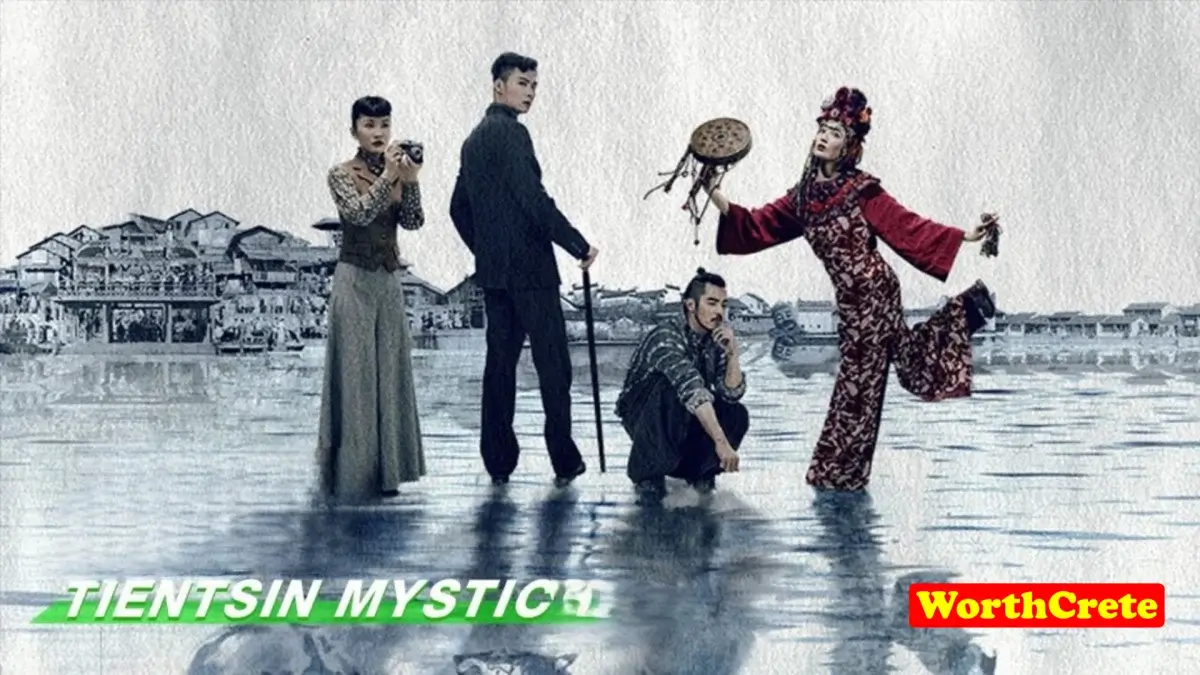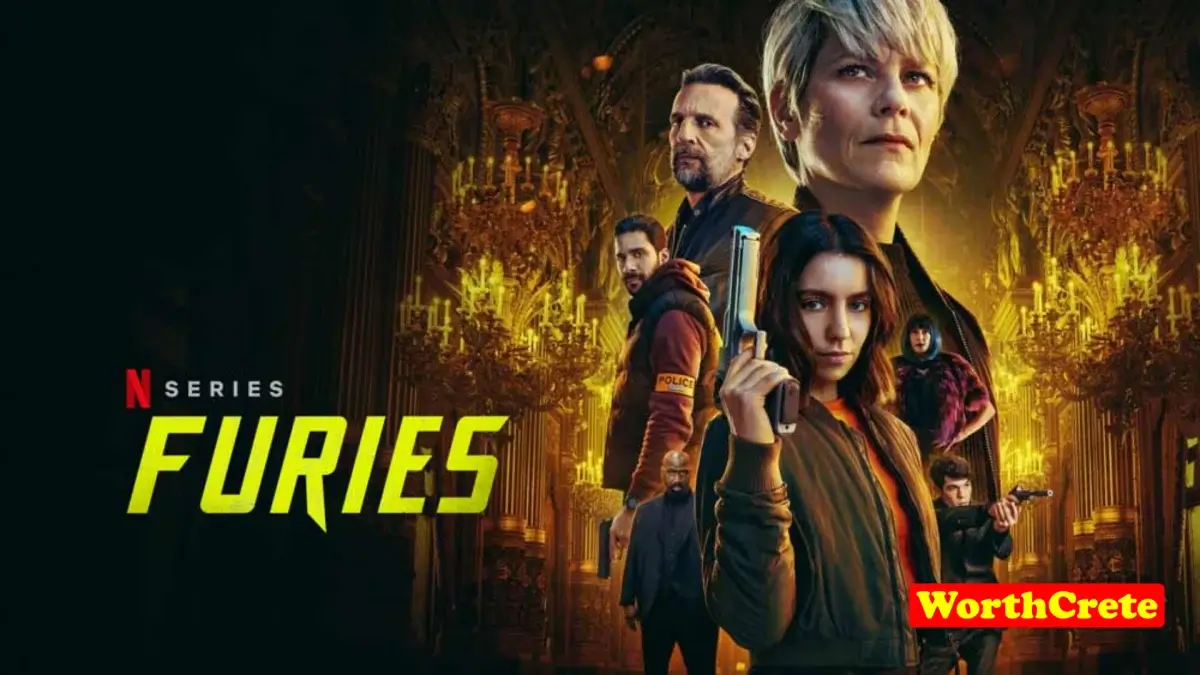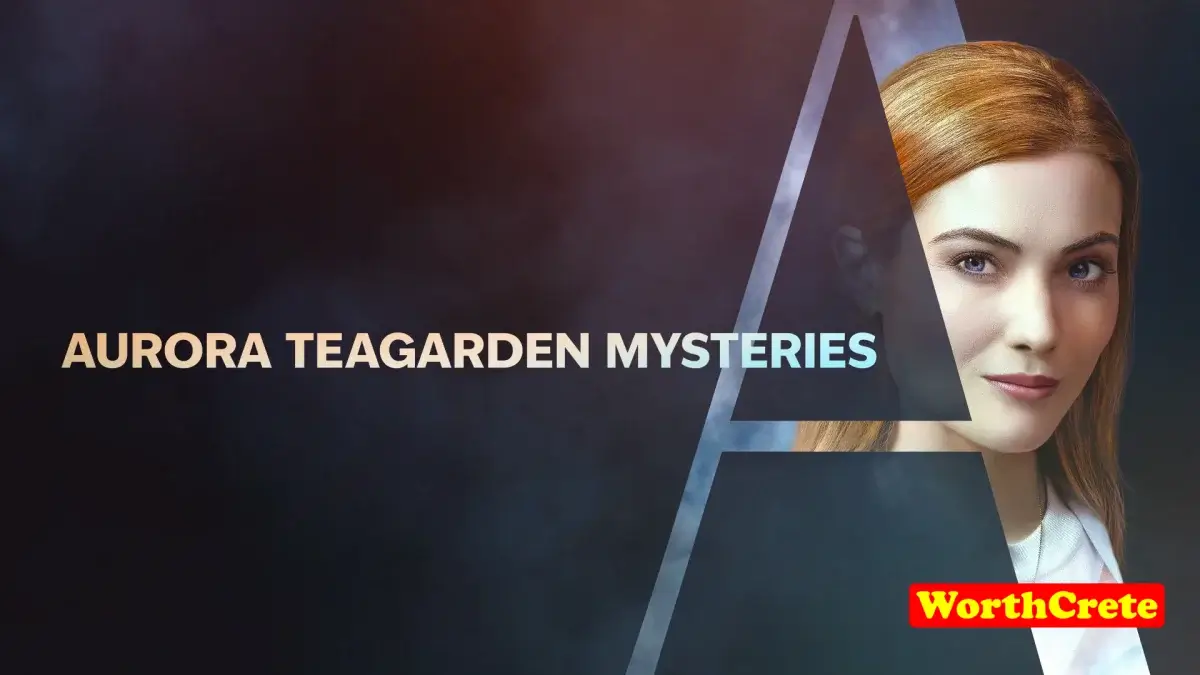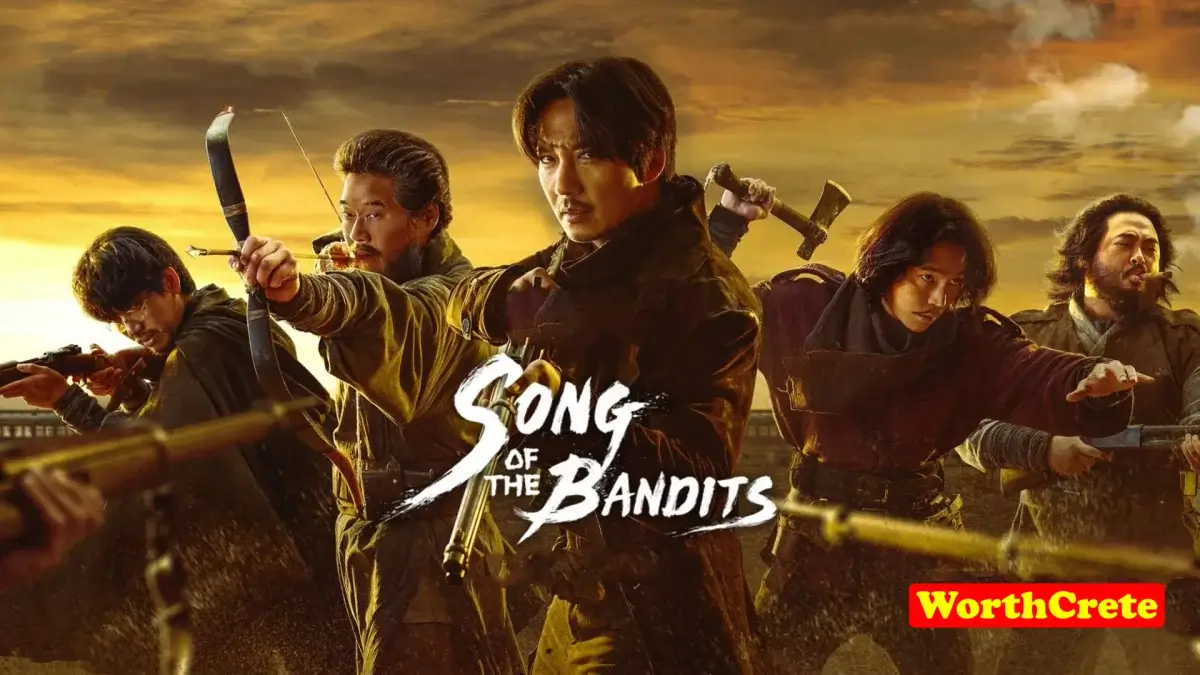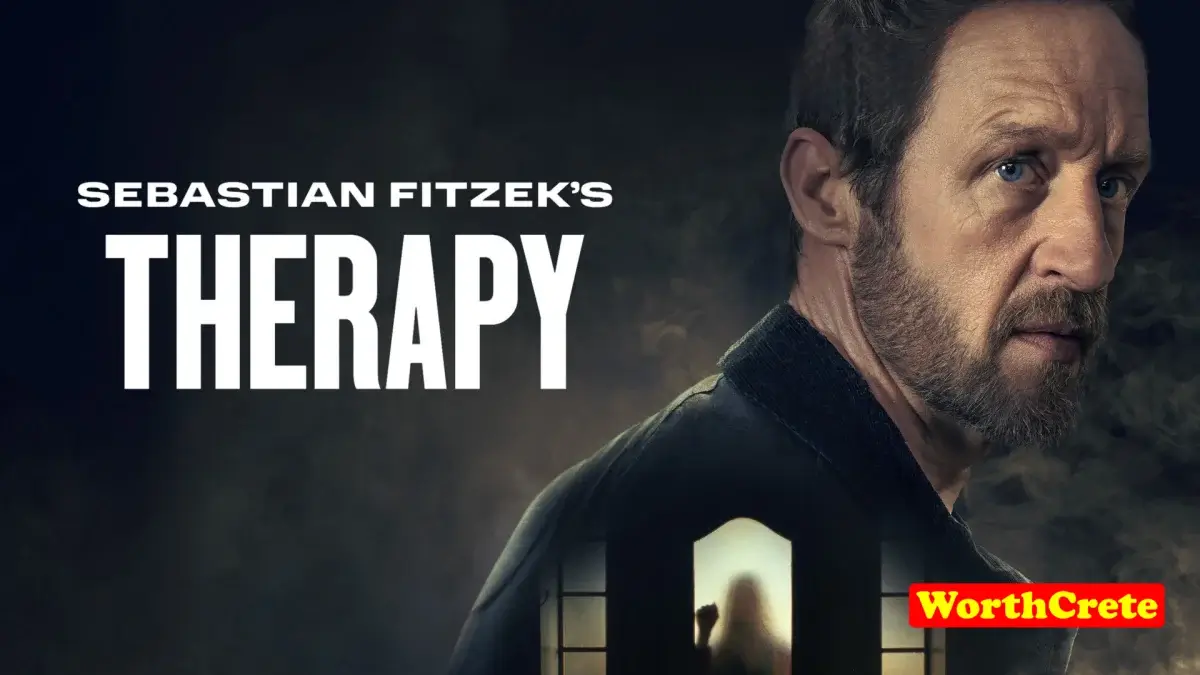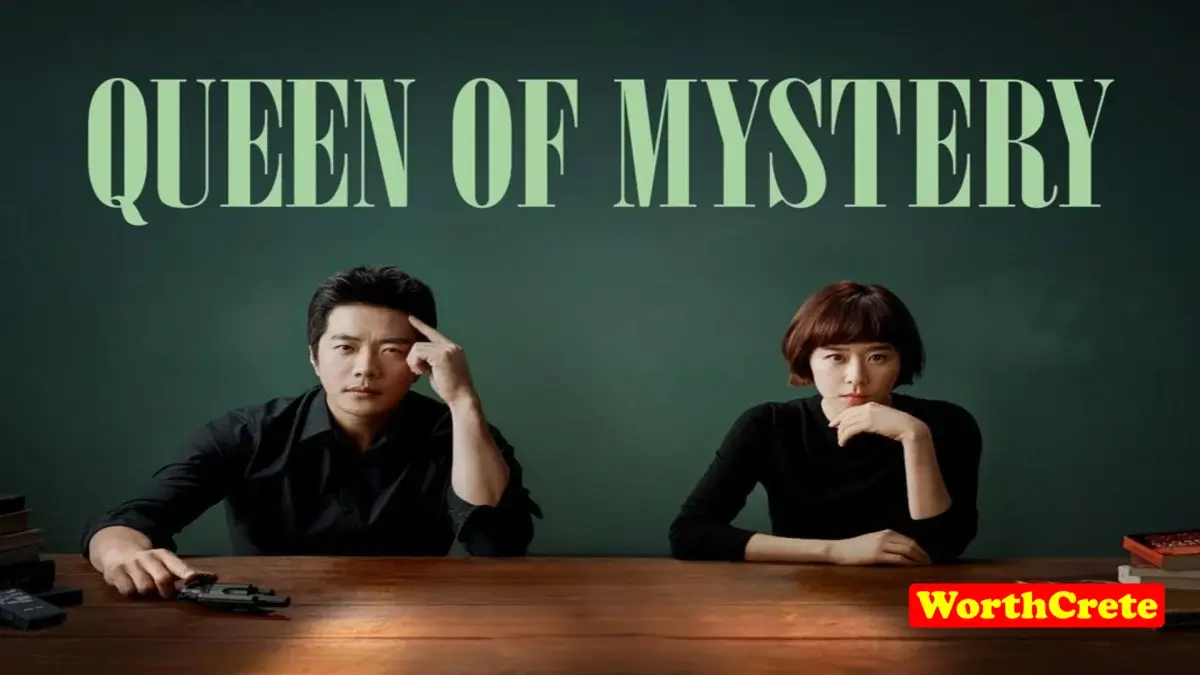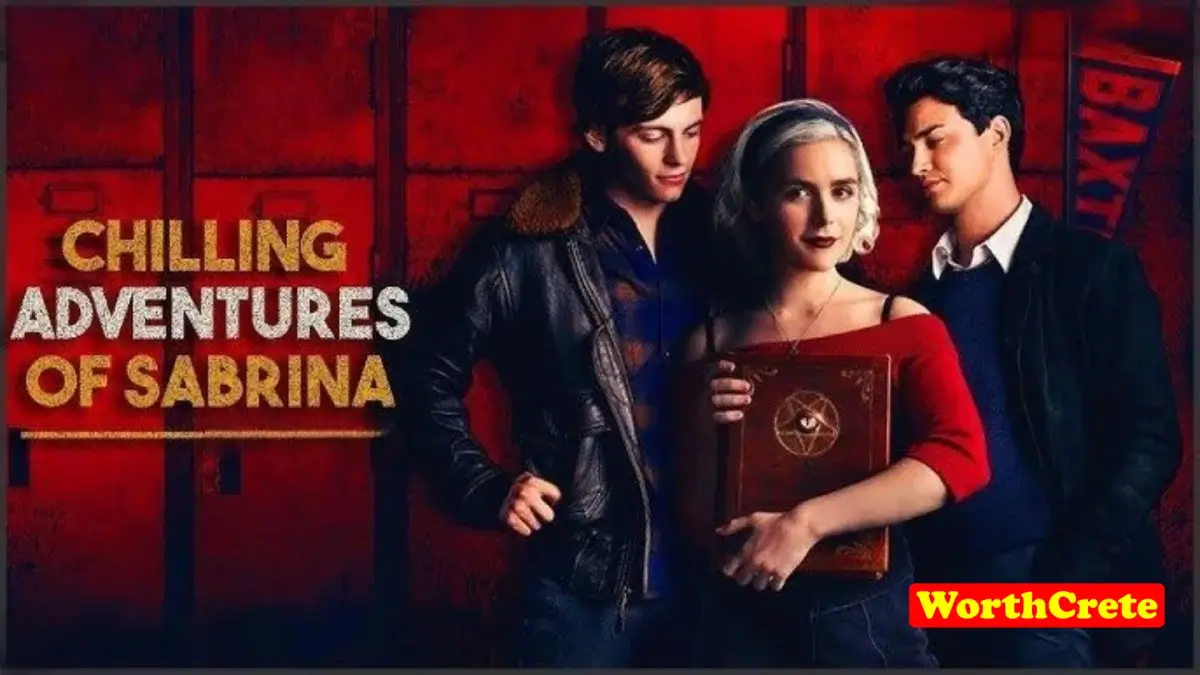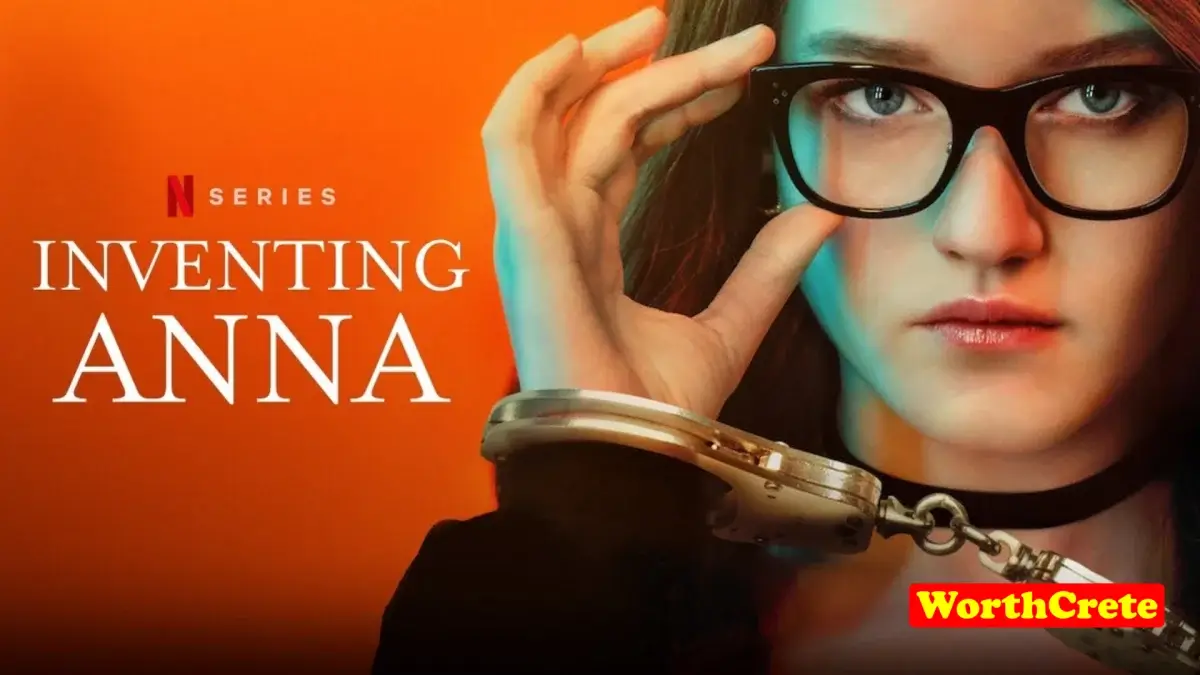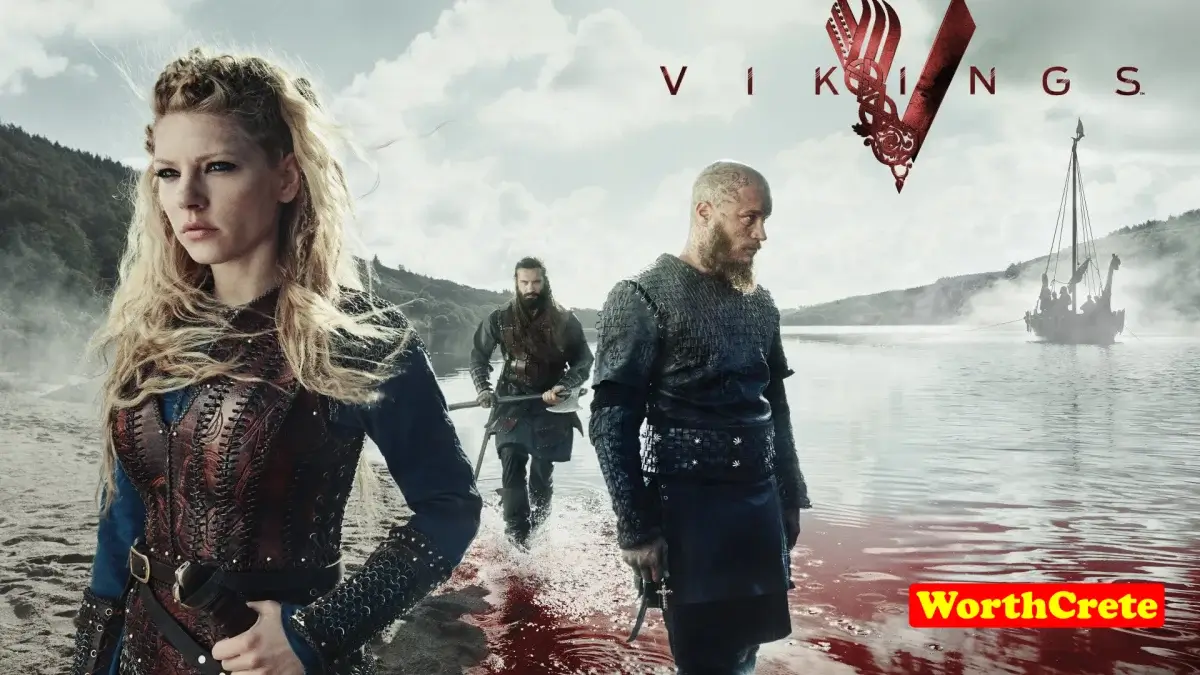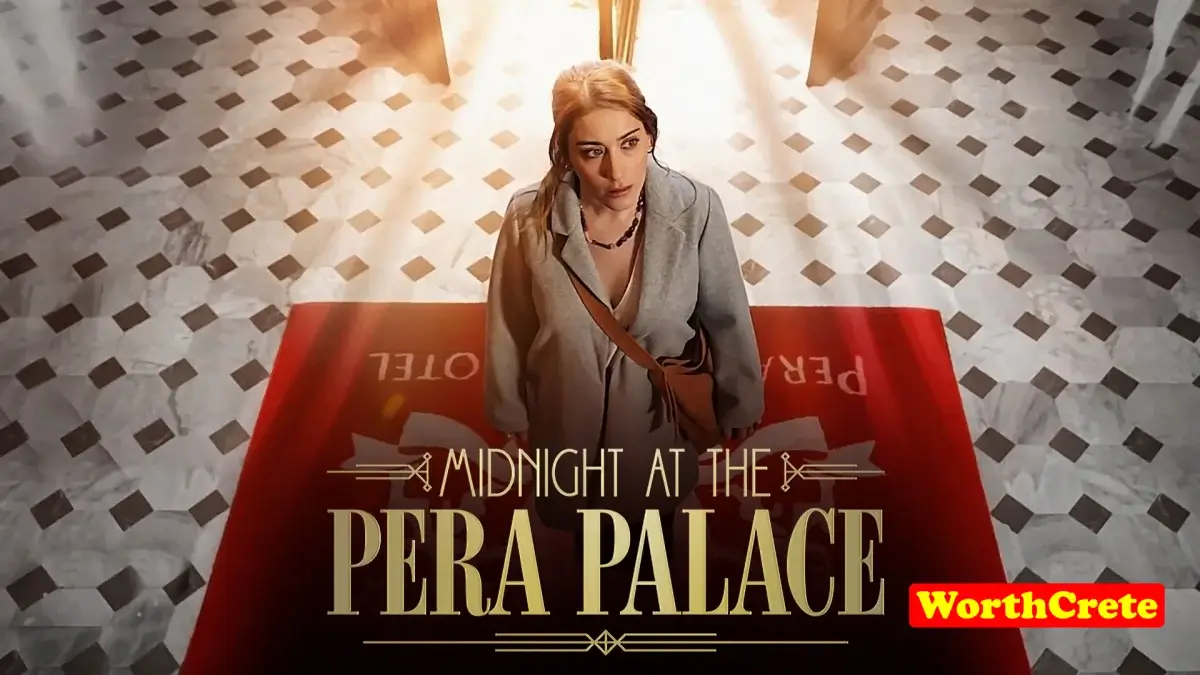
The Vikings TV series is a historical drama series that originally aired on the History Channel. It premiered on March 3, 2013, and concluded on December 30, 2020, after six seasons. Created and written by Michael Hirst, the show is inspired by the legendary Viking chieftain Ragnar Lothbrok and his descendants, exploring their adventures, conquests, and conflicts during the Viking Age.
Here are some key details and elements of the Vikings TV series:
- Plot: The series begins with the rise of Ragnar Lothbrok, a legendary Norse hero who becomes a renowned warrior and explorer. Over the seasons, the storyline evolves to include the exploits of his sons, especially Bjorn Ironside, Ivar the Boneless, and Ubbe, as they continue their father’s legacy.
- Characters: The series features a diverse cast of characters, both historical and fictional, including Lagertha, Rollo, Floki, and many others. It also introduces several historical figures from Viking history and lore.
- Themes: Vikings explores themes of power, leadership, family, loyalty, betrayal, and the clash of cultures as the Norsemen encounter other civilizations, including the English, French, and Byzantine Empire.
- Historical Accuracy: While Vikings is inspired by historical events and figures, it takes creative liberties and blends history with mythology. As a result, some aspects of the show are not historically accurate, and it should be viewed as historical fiction rather than a documentary.
- Cinematography: The series is known for its stunning cinematography, depicting the rugged landscapes of Scandinavia and other locations, as well as epic battle scenes and Viking ship voyages.
- Cultural and Mythological Elements: Vikings incorporates elements of Norse mythology, including gods like Odin and Loki, and explores the religious beliefs and practices of the Vikings.
- Reception: Vikings received generally positive reviews from both critics and viewers. It gained a dedicated fan base and was praised for its production values, character development, and action sequences.
- Spin-offs: Following the conclusion of Vikings, a spin-off series titled “Vikings: Valhalla” was announced. This new series is set to explore different historical events and characters in the Viking Age and is available on Netflix.
Overall, the Vikings TV series is known for its engaging storytelling, memorable characters, and its portrayal of the Viking world during a tumultuous period in history. It has left a lasting impact on popular culture’s perception of the Vikings and their history.
Vikings – Season 4 – Summary
“Vikings” Season 4 is a pivotal season in the series, marked by significant character developments, political intrigues, and dramatic battles. The season is divided into two parts, each with its own distinct storyline.
In the first part of Season 4, Ragnar Lothbrok, the central character of the series, returns from a self-imposed exile to Kattegat. However, he is a changed man, haunted by personal demons and driven by a desire to explore new lands in the west. He faces internal conflicts within his family as his sons, particularly Ivar the Boneless and Bjorn Ironside, vie for power and influence. The season explores the tension between Ragnar’s desire for exploration and his family’s desire for stability and control.
Amid these internal struggles, the Vikings also face external threats. The Viking warriors clash with the Frankish Empire, led by Emperor Charles and his daughter Gisla. These battles are marked by intense action sequences and political maneuvering, as the Vikings seek to establish a foothold in Frankia.
In the second part of Season 4, the focus shifts to the conflict between Ragnar and his long-time friend and ally, Rollo. Rollo makes a fateful decision to betray his Viking heritage and side with the Franks, ultimately marrying Princess Gisla and becoming a powerful figure in Frankia. This betrayal leads to a climactic showdown between Ragnar and Rollo, pitting brother against brother in a battle that has significant consequences for both.
Throughout Season 4, viewers also witness the evolution of other key characters, such as Lagertha, who continues to demonstrate her strength and leadership abilities, and Floki, whose loyalty to Ragnar is tested. The season is marked by significant deaths and betrayals, keeping the audience on the edge of their seats.
As Season 4 comes to a close, it leaves the fate of several characters hanging in the balance and sets the stage for further exploration of the Viking world, its characters, and their ever-evolving ambitions and conflicts in the subsequent seasons of the series.

